threading_in_dreams @ AO3 | I love SFF books and comics with romance in them and will duel anyone that says it's wrong | fanfic writer and enjoyer | sinful godless heathen | they/them and demisexual also a full adult | not interested in antis | I don't argue, I block
Don't wanna be here? Send us removal request.
Text
i dont think ive seen this clip on here yet and i think about it all the time
6K notes
·
View notes
Text
i love being married to a straight guy. this morning we were parallel chilling and i glance at his computer and he's watching a drill fight tournament. as in, guys attaching drills to the same rod and turning them on until one breaks. to find the strongest drill. jose noticed me staring and rolled out of the way so i could see the screen. he knew every drill brand and told me their quality and price. i watched the whole thing without comment. the violence was enchanting. i never would have found this. he's a vector to an entirely alien, often beautiful, world.
31K notes
·
View notes
Text
Does anyone else get a little sad that the only notifications they receive in their inbox is people wanting money from you, not to talk to you
57 notes
·
View notes
Text

Have You Tried Doing An Art About It?
Acrylic, beads, glitter, glitter dust, stickers and eyeshadow on canvas
#contemporary art#I love it as it is and would like to see more of this#preferentially large format devices in the same line because making a canvas 1m+ forces people to see the device as art#and thus engage with the emotion as stated instead of minimizing and reacting to the visuals#anyway I like how the gold glitter and stickers tie into the yellow of the word FUCKING#it implies the artist's fucks all blew up over the canvas
1K notes
·
View notes
Note
So are we ready to admit the world is doomed yet <3
No cuz I'm not a little bitch
19K notes
·
View notes
Text







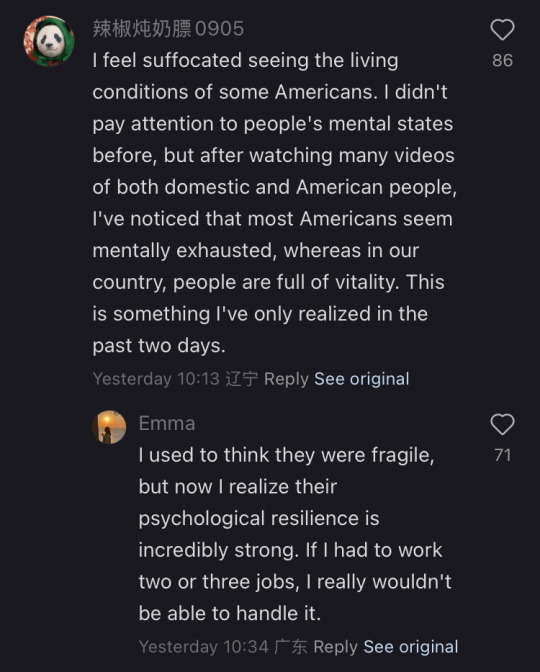
being on this app is so surreal. americans are usually the ones that learn about other places and people everywhere else already know about america because we're everywhere online. we've never been on the opposite side where other people are learning about us -- and they are horrified about our "normal"
the country america spent our whole lives trying to convince us is miserable and suffering under an oppressive government that starves everyone and controls their media? that's just projection. turns out besides like... housing prices and few available jobs, china is doing pretty great. they originally believed we were all living it up "the american dream" way and now they're all thankful they were born in china and have no idea how any of us are even alive
#to see Chinese people speedrunning the process of finding out the US movies sold to us is a lie has been interesting#it happens to all us foreigners but I guess it was never this visible to USamericans
13K notes
·
View notes
Text
#okay but what did the person with two cats expect to happen?#that couch is like a massive cat toy that doubles as a bed
2K notes
·
View notes
Text
so i made a potpourri with cinnamon and nutmeg and ginger and cloves and orange peel and anise and i have boiled it all day and it smelled so nice i took a sip and the sip was actually wonderful so now i have drunk four cups of potpourri juice and i am only now going to the internet to ask if i am going to Experience The Torments. or if i may have a fifth.
(i cannot quite explain it, but it’s like my entire low i have had a low grade stomachache, and normally i just deal but This Juice helps a little. i am unreasonably fond of it.)
#OP's house must be smelling so nice but I would miss some black tea in that infusion#(don't go into the notes or you'll find The White People That Talk About Toxins)
13K notes
·
View notes
Text
“The object we call a book is not the real book, but its potential, like a musical score or seed. It exists fully only in the act of being read; and its real home is inside the head of the reader, where the symphony resounds, the seed germinates. A book is a heart that only beats in the chest of another.”
— Rebecca Solnit
52 notes
·
View notes
Text
Thinking about junk heirlooms.
I don't mean family heirlooms that feel like junk but that you can't get rid of because they're important. I mean the opposite -- things of no importance that were passed down through generations incidentally.
My grandmother owned a dish towel with a distinct checkerboard pattern. It wasn't important to her, just one of many dish towels. When she died my parents kept some of her stuff because of sentimental value, but some just because it was perfectly fine stuff they could use, and they ended up with it.
Years later I was moving to another state and my parents asked if I needed any old towels since they were getting new ones. I got a box of rags, which included my grandmother's dish towel (which had been downgraded to 'rag' by then, tbh it was in that category even when my grandmother owned it.) I literally have a rag that's been passed down through multiple generations.
It's not sentimental or anything, I still use it as a rag, but sometimes I look at it and picture it on the handle of my grandmother's oven door and feel shrimp emotions.
#that is an emotion#I think people that don't live in houses that were built by previous generations have less of it#but it is indeed an emotion
14K notes
·
View notes
Text
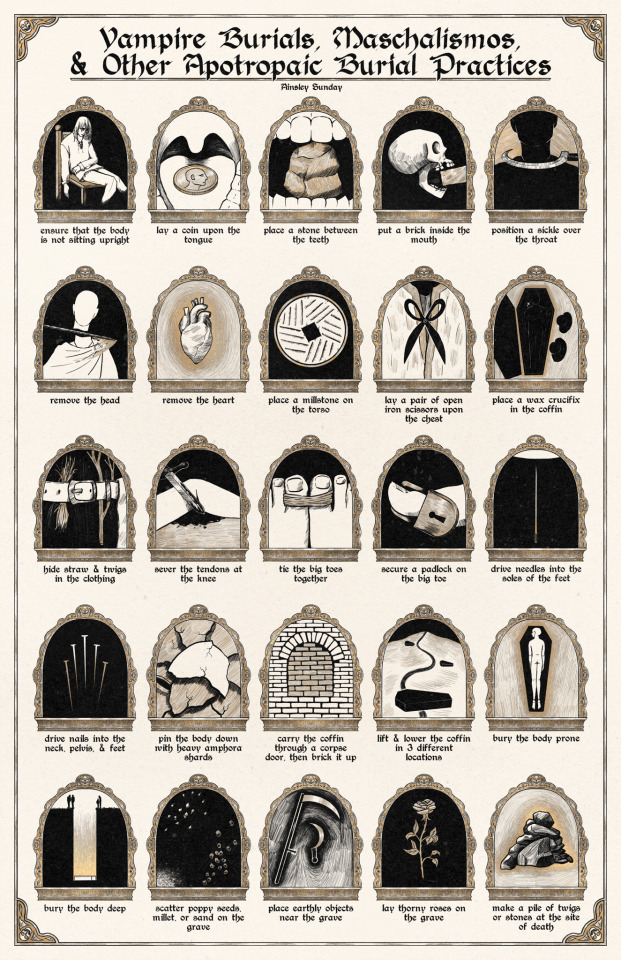
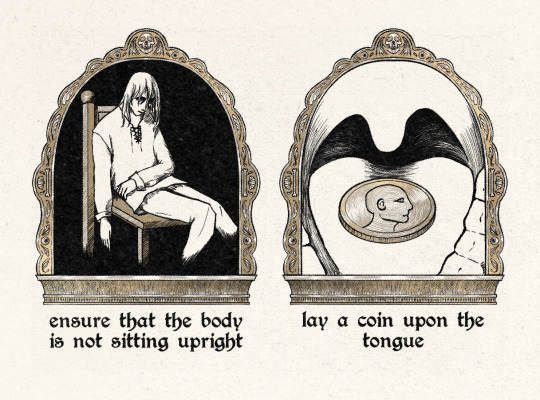
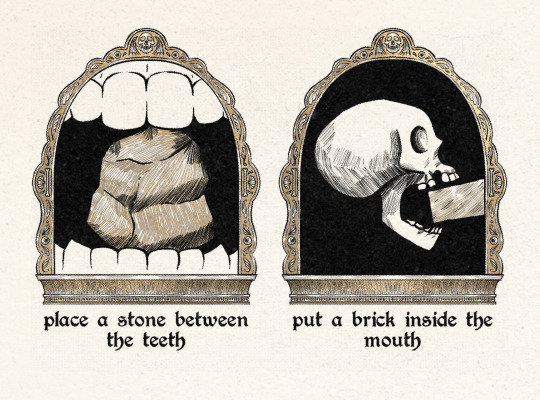
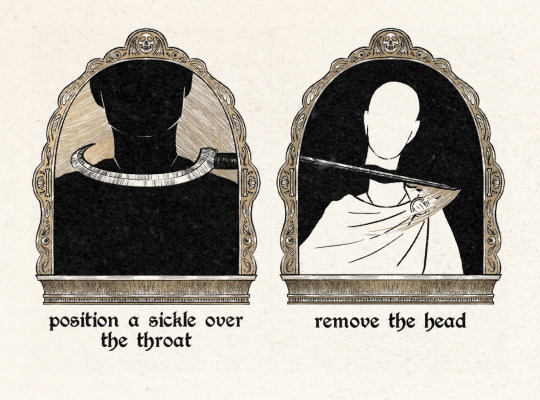
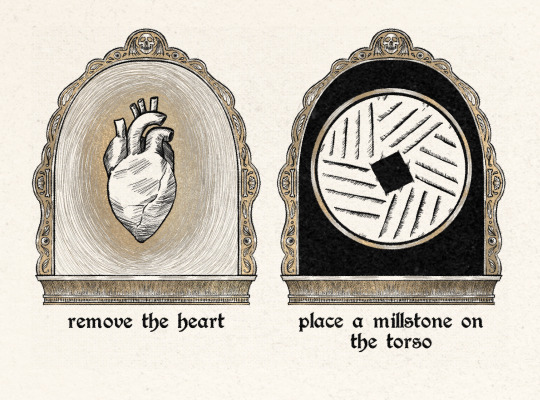
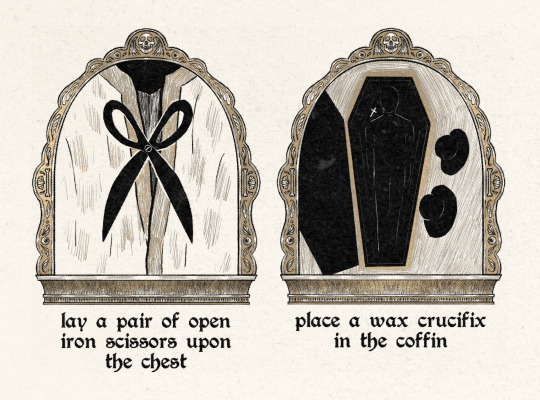
⚰️ VAMPIRE BURIALS, MASCHALISMOS, & OTHER APOTROPAIC BURIAL RITUALS 🪦
a morbid little collection of 25 historically certified ways of preventing the dead from rising as vampires, draugr, ghosts, or other undead beasties.
poster & 1 - 10 • 11 - 25 • zine & poster
5K notes
·
View notes
Text
Untitled
by Franz Wright
Will I always be eleven, lonely in this house, reading books that are too hard for me, in the long fatherless hours. The terrible hours of the window, the rain-light on the page, awaiting the letter, the phone call, still your strange elderly child
258 notes
·
View notes
Text

in absolute tears about the pride module at my work
104K notes
·
View notes
Note
Hello! I keep hearing that fandom culture has changed, and there are less comments now than there were years ago. Have you noticed this in your analysis? Is the percentage of comments being left today lower than before?
Hey! Thanks for the question -- it prompted me to start collecting data about comments (after procrastinating on it for a while, because I had to write new code to gather comment data). I've also seen other discussions from folks also thinking about how to do this kind of analysis (like in the fandom data projects community) -- hopefully we'll end up with multiple people attacking this from different angles and getting a variety of data about comments!
I'll give a sneak preview that partially addresses your question and contains some good news. If we look at the fraction of AO3 works that get at least one comment (focusing just on one-shots for now), I think things have gotten better over the past decade on AO3*:

In other words, it tentatively looks like more works were getting at least one comment in 2024 than in 2014 (for a variety of time periods). One caveat, though -- if a bunch of works with no comments got deleted in the interim, there will be survivor bias here. I'll try to look into that possibility later. Another caveat: this is based on only like ~100 randomly selected works from each year -- this may all change with more data!
Another interesting tidbit: I still see some of the 2014 works getting comments. In fact, ~30% of works have gotten new comments over 5 years after they were posted, and it looks like ~10% of one-shots posted back in Mar 2014 got a new comment in 10 years later, in 2024.
I'm still doing other analyses; there may be other factors that better match with the discourse around how comment culture has changed. It could be that comment activity peters out faster now than it did back then, for instance. Or the total number of comments left on the popular works is less now than it was back then (though my current methods may not be able to capture that). Edit thanks to quick eagle-eyed readers: it's likely that some of what people are thinking about is ratio of comments to hits -- that is hard to compare in 2014 to 2024, because we don't know which hits came from which years. But I am working on some analyses along those lines. :)
If you have other hypotheses about what's changed in commenting culture, feel free to share! I'll look into what I can.
Some methodology notes:
*I've been tackling this by comparing AO3 one-shots posted in early 2014 to one-shots posted in 2024, and comparing activity in the days/weeks/months immediately after the works were posted. (To start with, I'm only scraping the first page of comments for each work -- meaning the first 20 comment threads -- so there are lots of comments I'm potentially missing for the really popular works. But for many works, this captures all the comments, and I think it may be sufficient for a lot of the analyses I am interested in.)
I'm choosing to focus on 2014 vs. 2024 because 2024 is close to now (but it's been long enough for comments to have settled down a bit), and 2014 was well after AO3 was established (thus it was already a pretty lively time on AO3). I don't want to collect data about every single year because it's too time intensive/too hard on AO3's servers. But if people think that I should be looking at different years, I'm interested in feedback.
Because it's only been ~10 months since March 2024, I am limiting a lot of my analyses to only look at commenting activity the first ~10 months after works were posted in both cases.
#reblogging this because I keep saying the normal amount of comments on the posting week is 1 + your reply#and people tell me that's So Wrong I Get 10+ Comments On Every Fic#and I just have to roll my eyes silently#yeah yeah consider you're the outlier maybe
192 notes
·
View notes
Photo
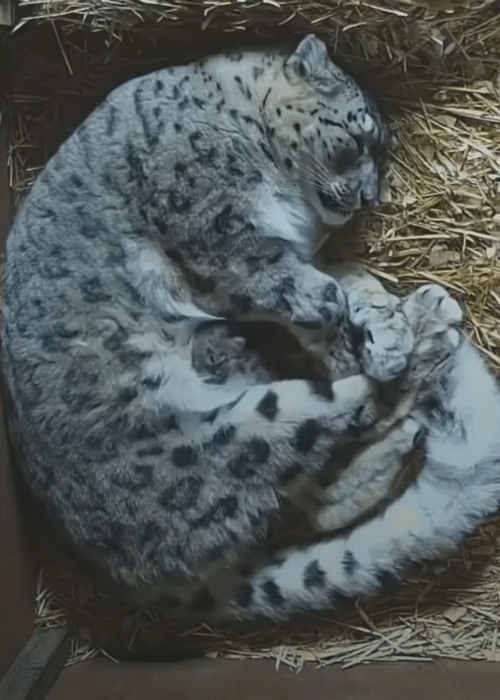
“A sleeping mother snow leopard curled up in a doughnut shape, front paws resting against her back, while her tiny, eyes-and-ears-closed kitten nuzzles into the fur of her belly and wraps their arm around her”
34K notes
·
View notes
